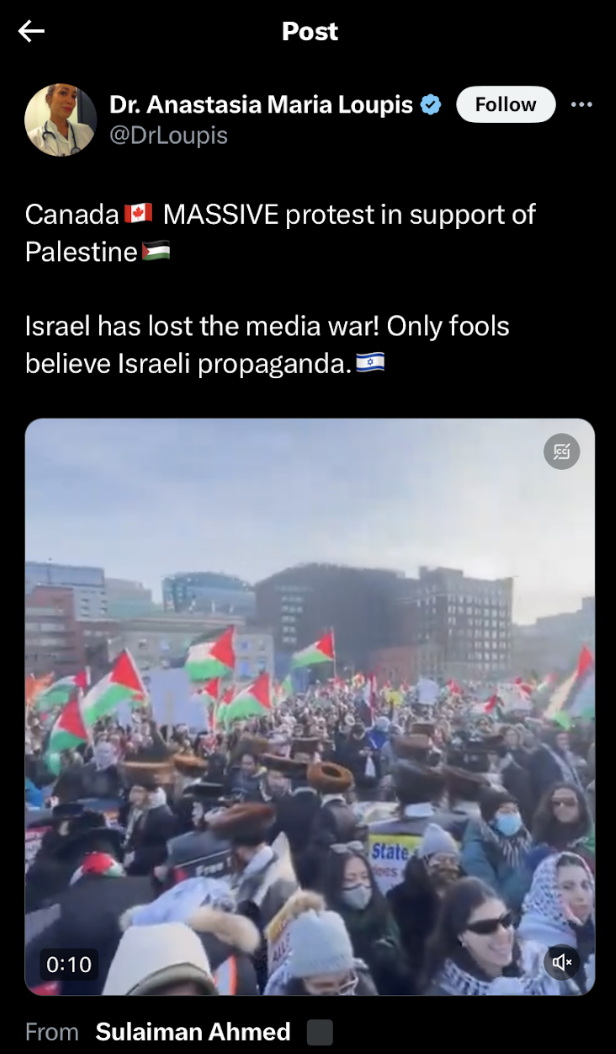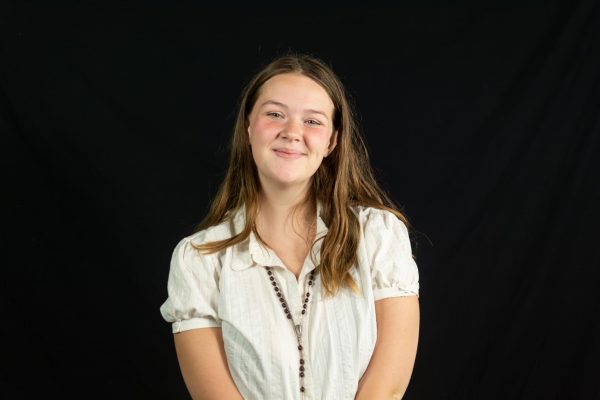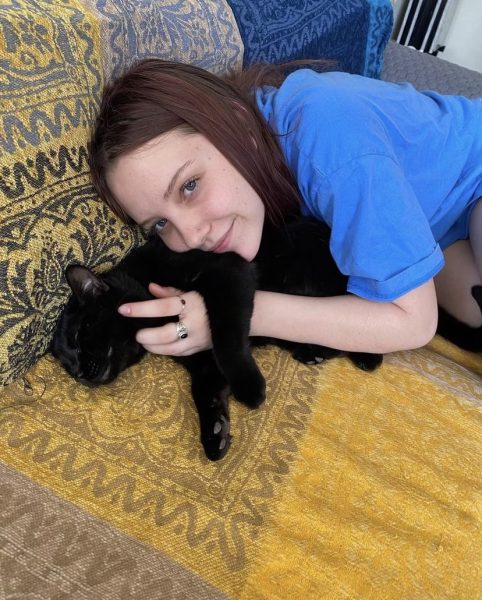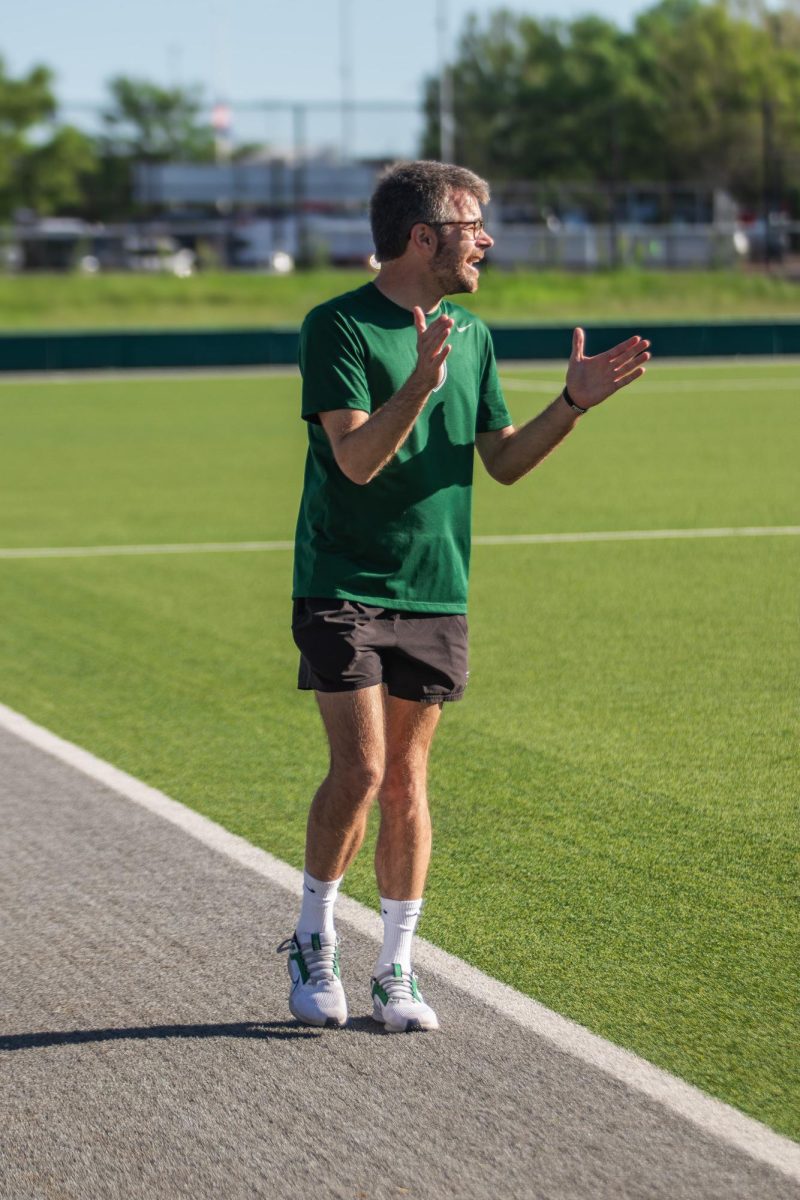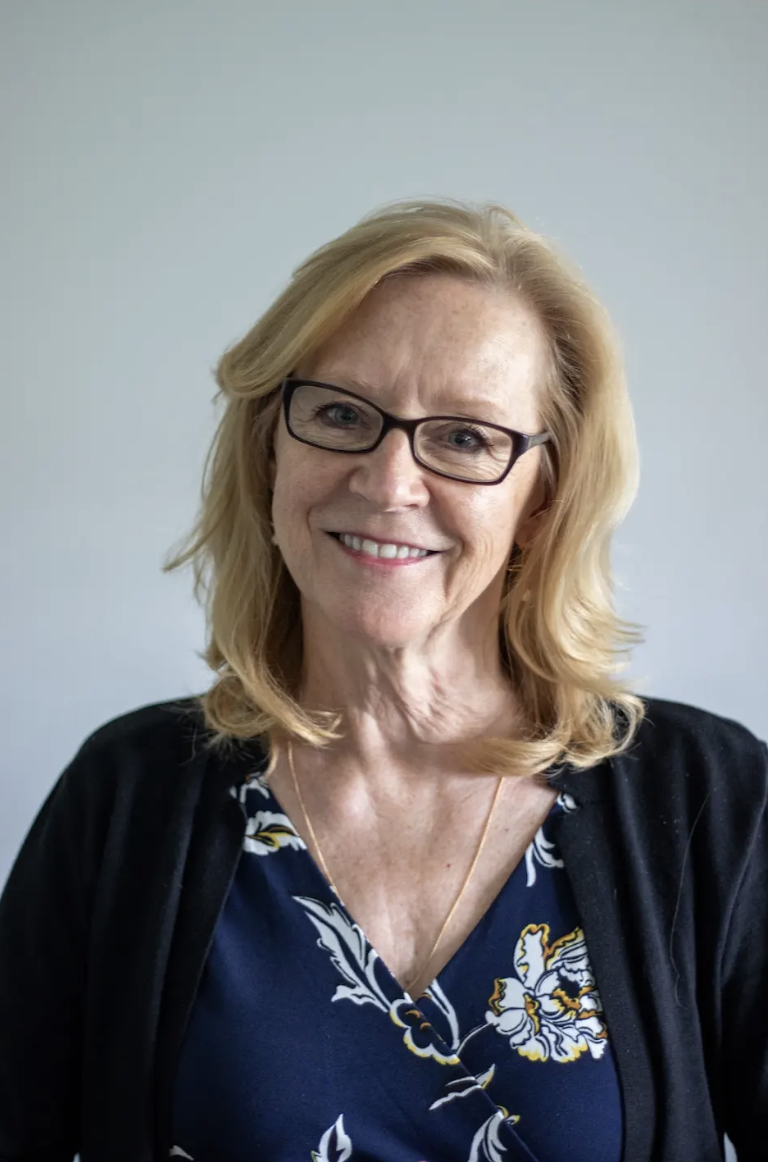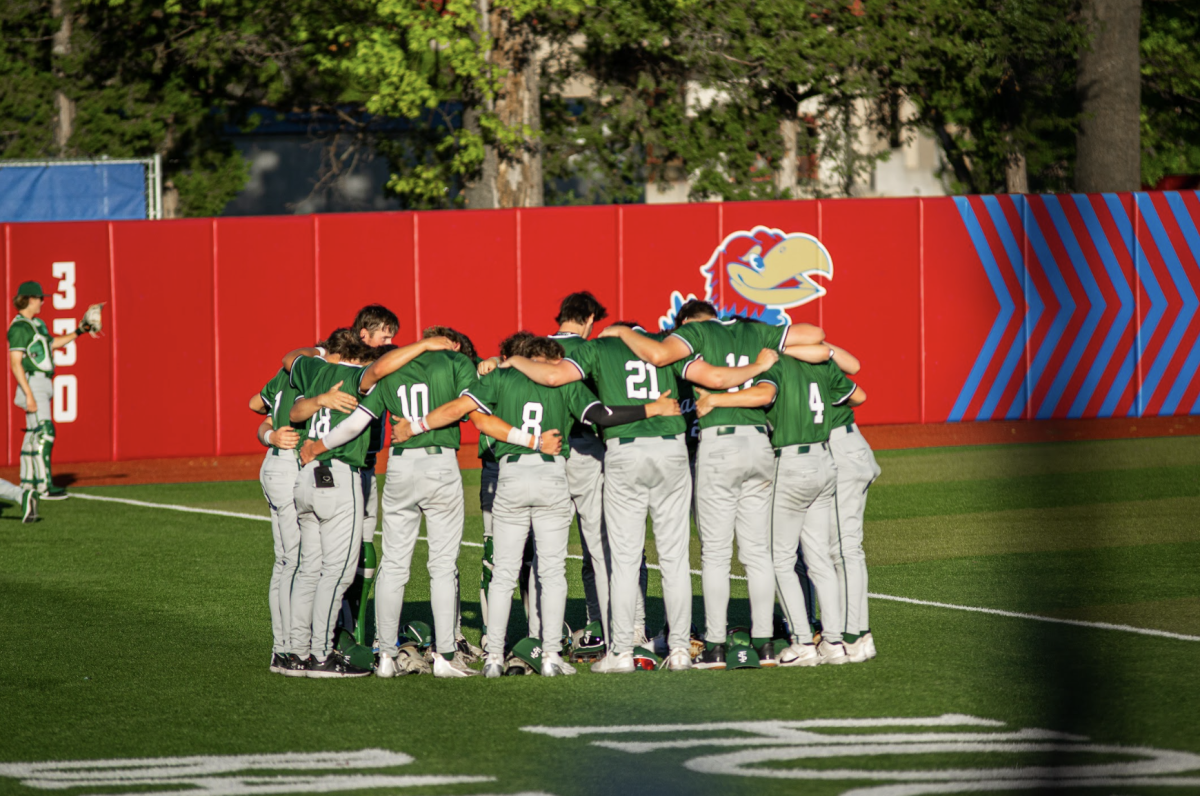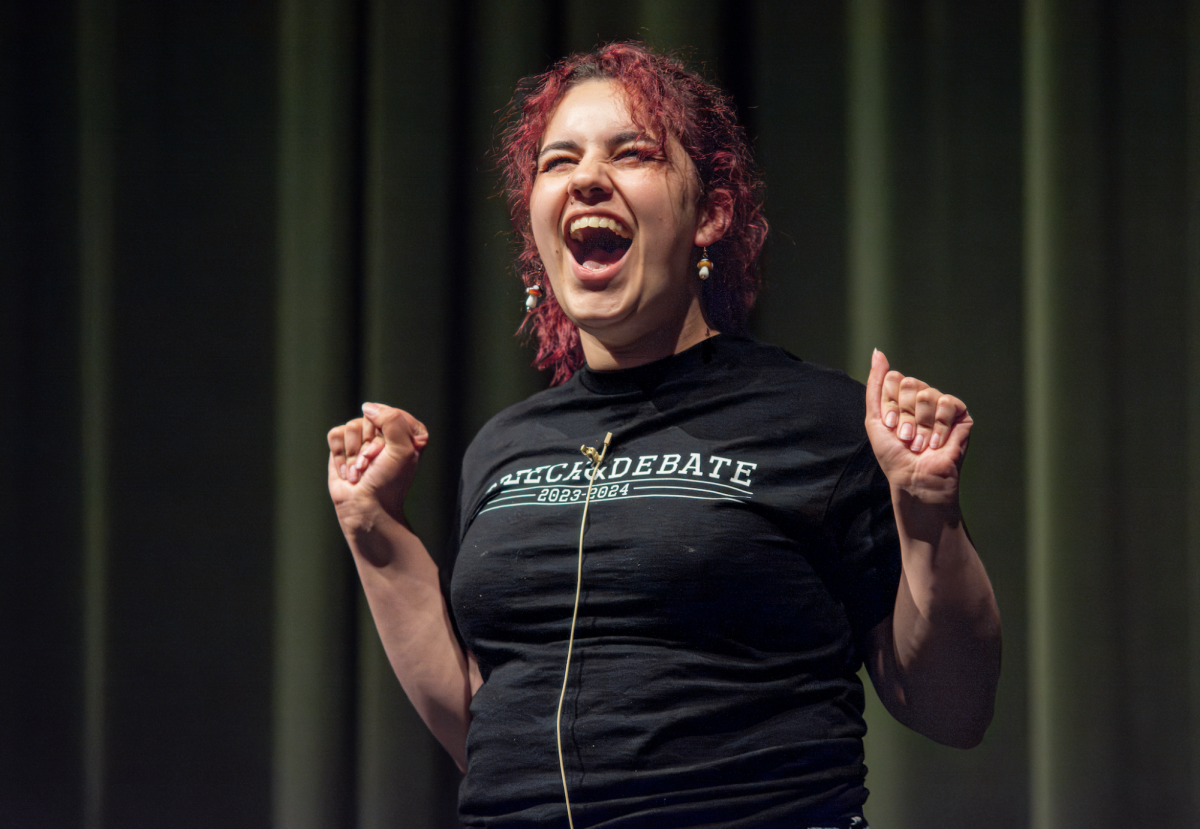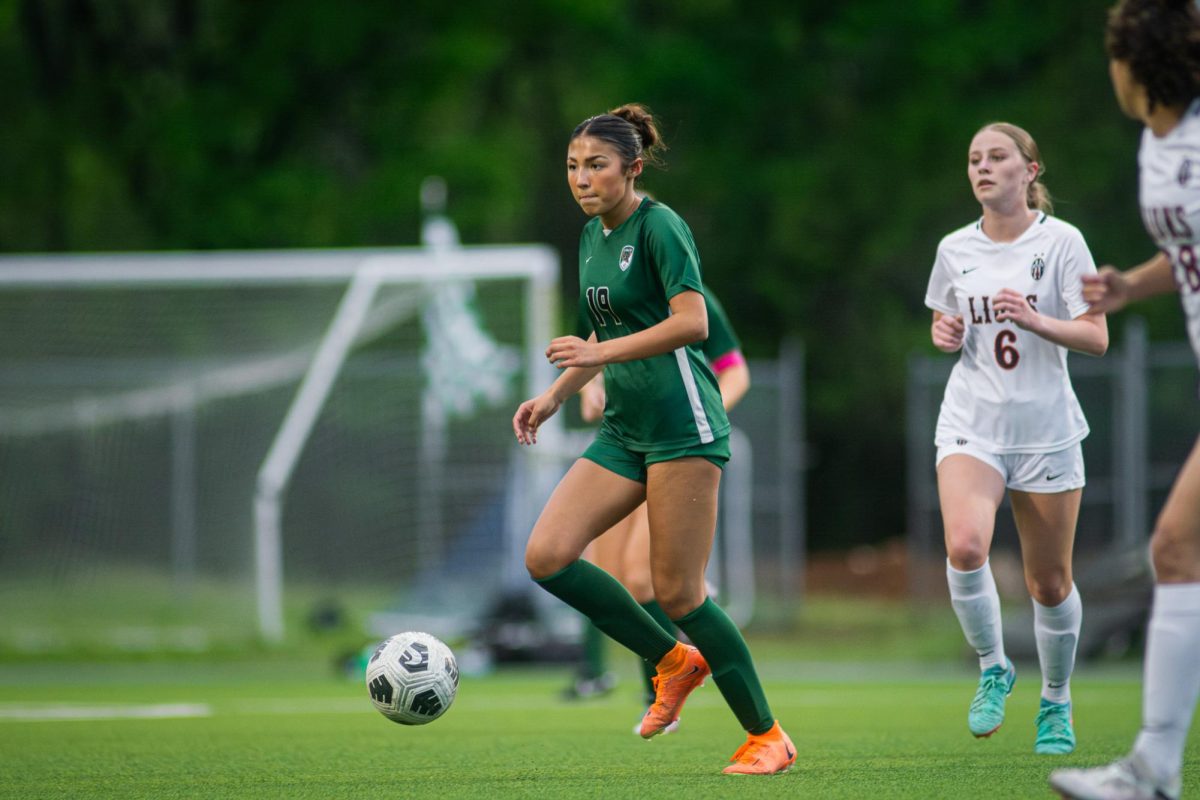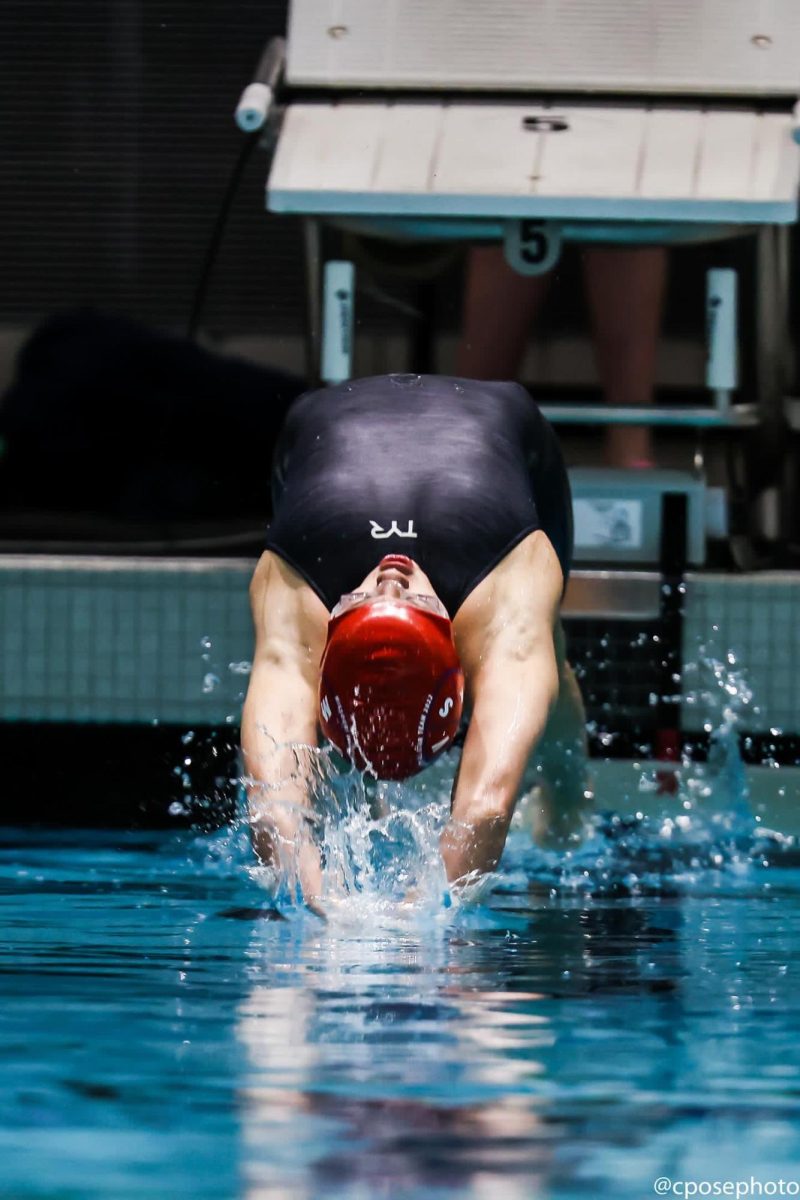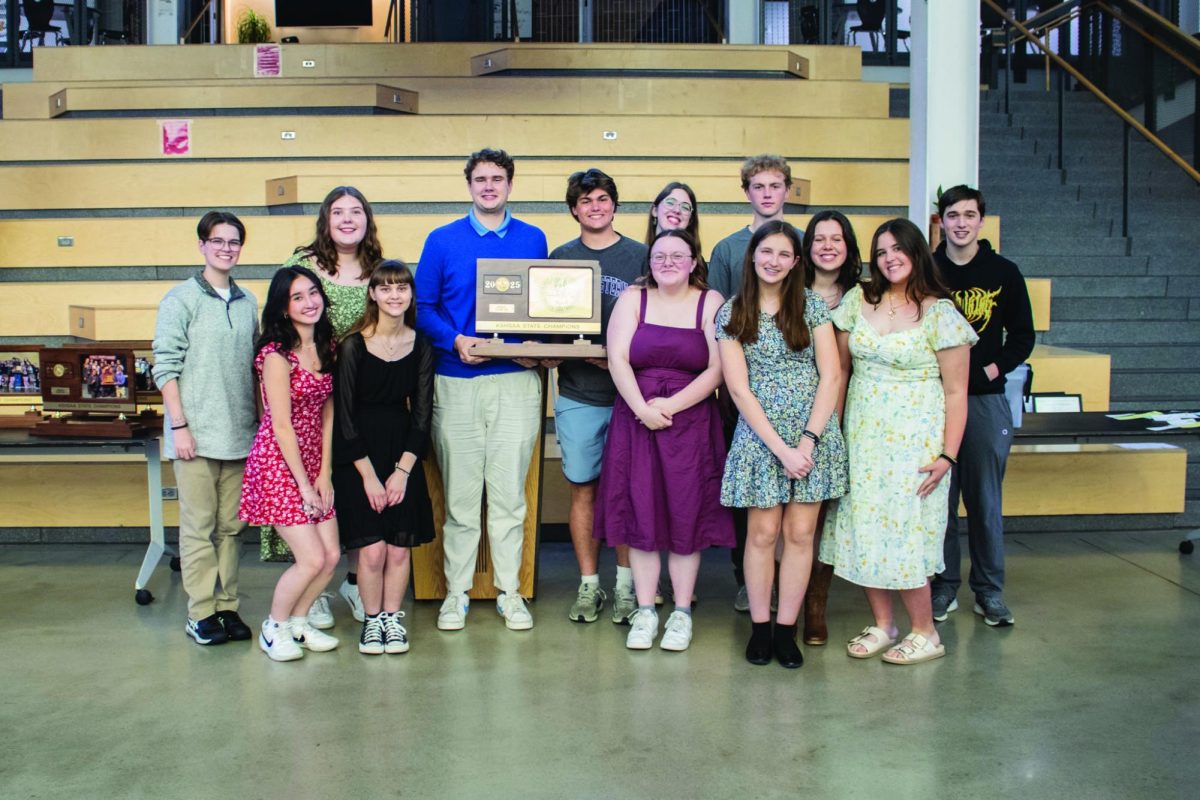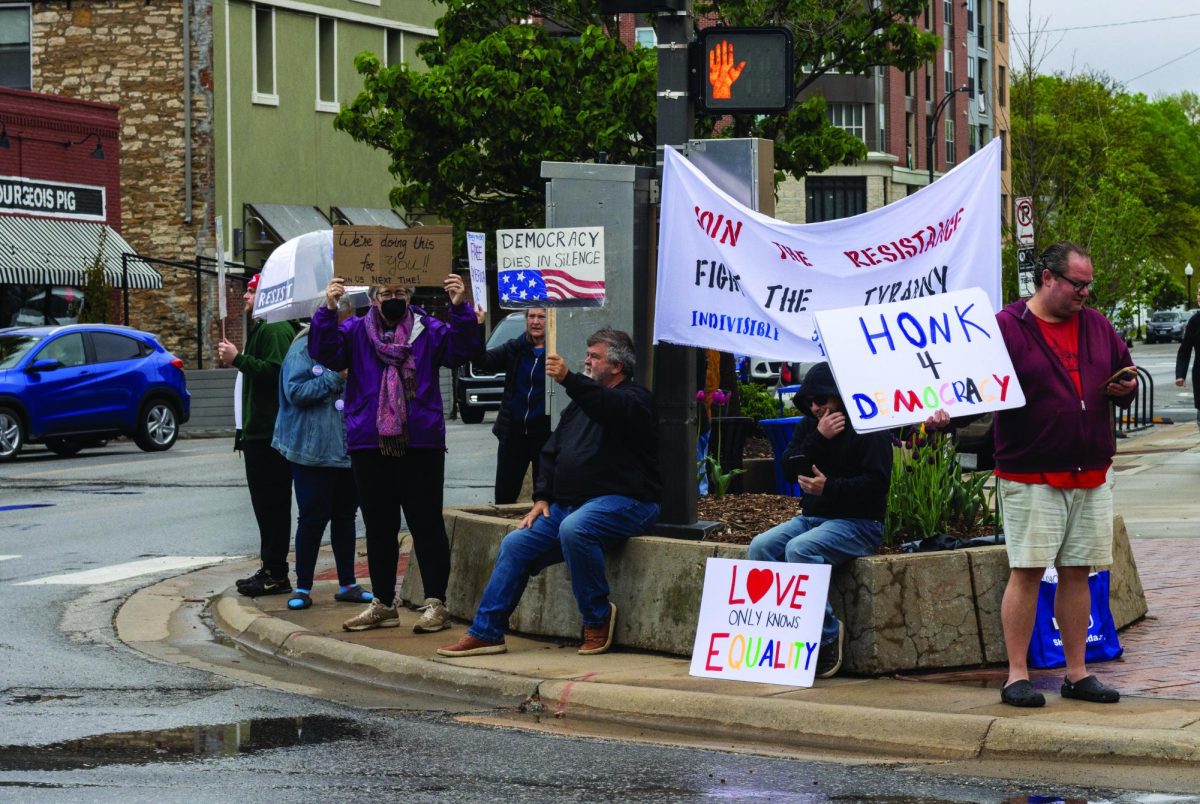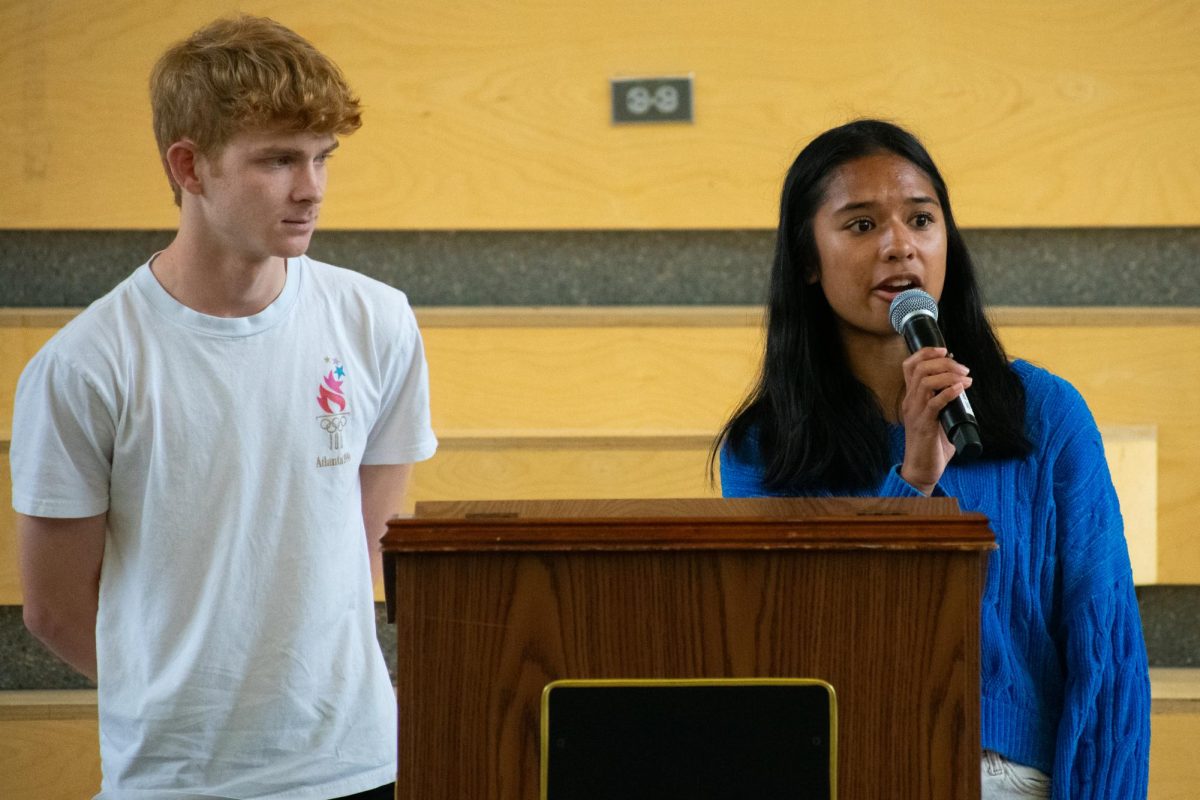Editor’s Note: An earlier version of this article incorrectly stated that Yael Gillath’s brother was fighting in Israel. This article has been corrected online to reflect that Gillath’s cousins are fighting in Israel, not her brother. The statistic on hate crimes against Muslim and Jewish people has also been corrected to reflect more timely data. The Free Press apologizes for these errors.
Graphic videos of bombings, dead bodies and victims of painful fighting have appeared on social media feeds amid the Israel-Palestine conflict. Despite the accessible televised and online news networks, students have now more than ever substituted these forms of traditional media with social media coverage on apps like Instagram and TikTok.
According to a poll sent out via the FSJournalism Instagram account with 103 responses, approximately 92% of students at Free State get their news from social media sources rather than traditional media forms. Since people across the globe can post on social media without going through any sort of verification process, the likelihood of potential deception and misinformation increases. History and government teacher Jeffrey Haas said that he warns younger generations of falling into the trap of misinformation.
“I do get a sense as I circulate around my classes that the social media consumption that I see is generally not along the lines of what I would consider hard reputable news and analysis,” Haas said.
Since October, Israel and Palestine have been engaged in a series of bombings and violent attacks across the Gaza territory, with over 16,000 casualties as of Nov. 21. These events followed an initial attack from the Hamas militant group, on Oct. 7.
Before the attack, Palestinians have been confined to the densely populated Gaza strip for the past several decades.
“It’s a very high stakes conflict and it is very scary,” senior Yael Gillath said. “There’s propaganda from both sides, obviously, and it’s really easy to get sucked into it.”
Like most trends on social media, the conflict has become a regular feature in feeds that quickly gains attention because of controversy, with hashtags like #Palestine and #Israel receiving tens of billions of views.
“It has desensitized us to violence because with social media you’re seeing that regularly,” sophomore Olive Minor said. “Sometimes at a certain point, you just stop caring when it’s mixed in with your regular algorithm.”
Social media platforms present viewers with content they are more likely to engage with creating an echo chamber of bias, leading to a pipeline towards more extremist videos and opinions the more viewers interact.
According to data from the Anti-Defamation League, there has been a nearly 330% increase in antisemitic incidents since the Oct. 7 attack, while the Council on American-Islamic Relations reports a 216% increase in bias incidents.
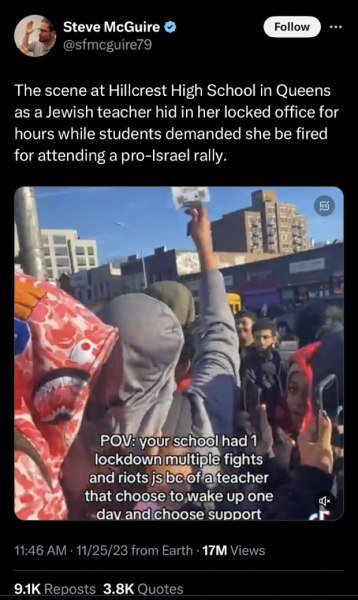
“The algorithm gives things that it knows I will like and the sources I’m getting from may be kind of biased,” Kai Roller said.
The large-scale trend has made its way to Lawrence; many students have been using their social media accounts to spread awareness and share their opinions in regards to the conflict. Being Israeli, Gillath has a personal connection — her cousins are currently fighting in Israel.
“Social media can help rally people; it can help people be informed,” Gillath said. “There are a lot of pros to it in this modern day and age.”
Having easy access to social media can allow for people to share firsthand the events they are experiencing. With an increased usage of citizen journalism, viewers are able to get a broader societal view of world events.
Although the videos can be informative, the content can be jarring especially for younger viewers, which apps like TikTok and Snapchat are targeted for. For example, when looking at Snap Map in the Gaza strip viewers are met with images of wreckage from bombings. Some students, like sophomore Kennedy McDonnell, said they find the violence juxtaposed with normal content on their feeds upsetting.
“It is really disorienting, to where you’re really sad and you just watch something horrible, and then there’s just someone making jokes and having a good time,” McDonnell said.
With videos that appeal to emotions, it can become easier to neglect the facts. After hearing discussions about current events from his students, Haas said he recommends students be mindful of where they get their news from, to check their sources and to consider using traditional mediums in conjunction with social media.



